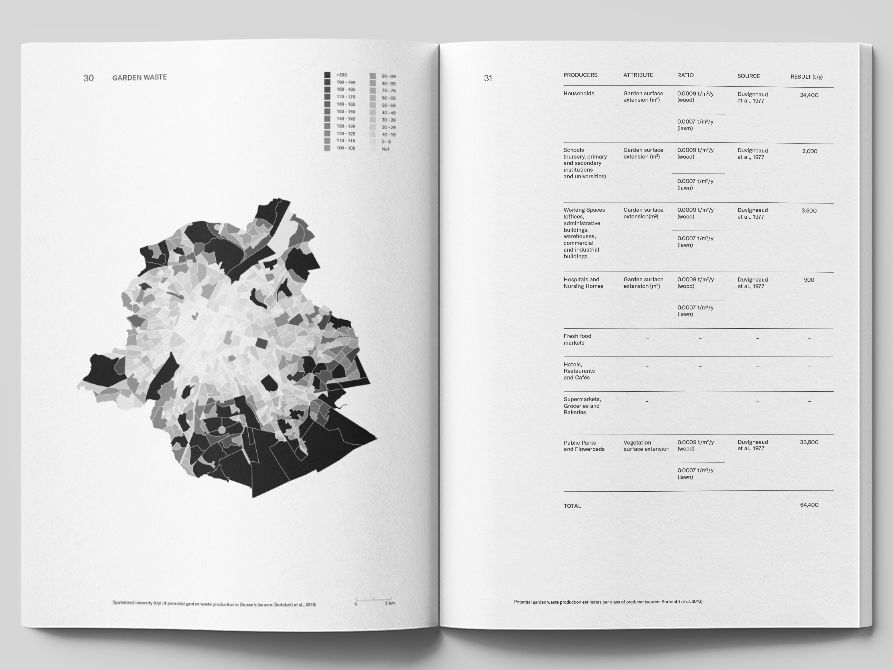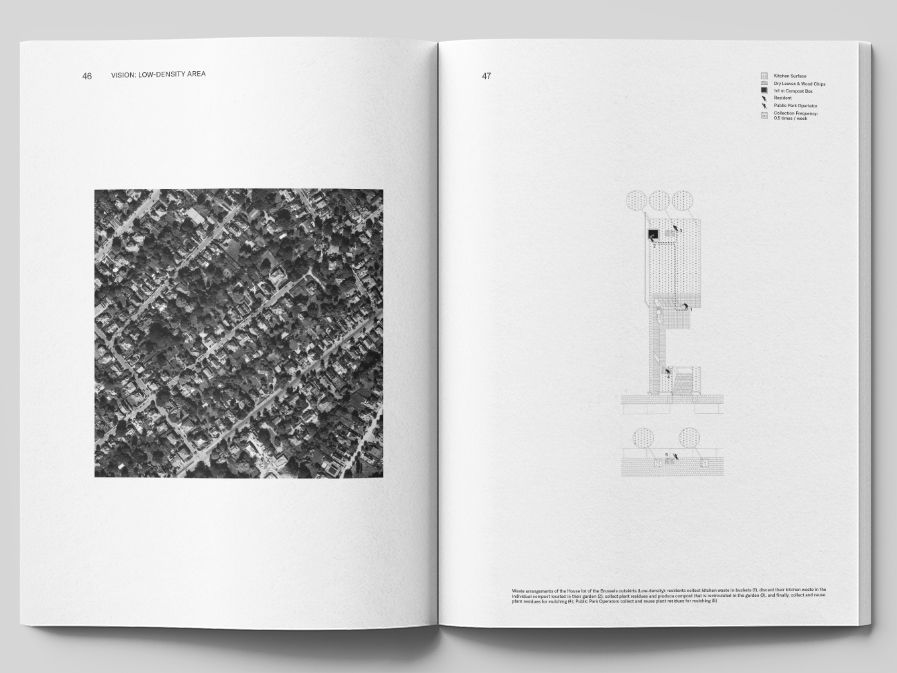Visualizing Waste
Knowledge on quantity and spatial distribution of solid waste generation is not only needed for planning and designing proper waste collection systems, but becomes crucial when it comes to target waste prevention and recycling strategies to specific locations.
Biowaste accounts for more than one-third of municipal waste in Europe that is currently mostly landfilled or incinerated. With the increasing demand—either government policy-driven or motivated by business and grass root movements—to implement biowaste separate collection and reduction, accurate estimations of biowaste flows and stocks become necessary for both planning and designing integrated waste management systems. Knowledge on quantity and spatial distribution of solid waste generation is not only needed for planning and designing proper waste collection systems, but becomes crucial when it comes to target waste prevention and recycling strategies to specific locations. This issue of Latitude Logbook presents the results of a spatial analysis of biowaste generation in the Brussels-Capital Region conducted by LoUIsE in 2017.


